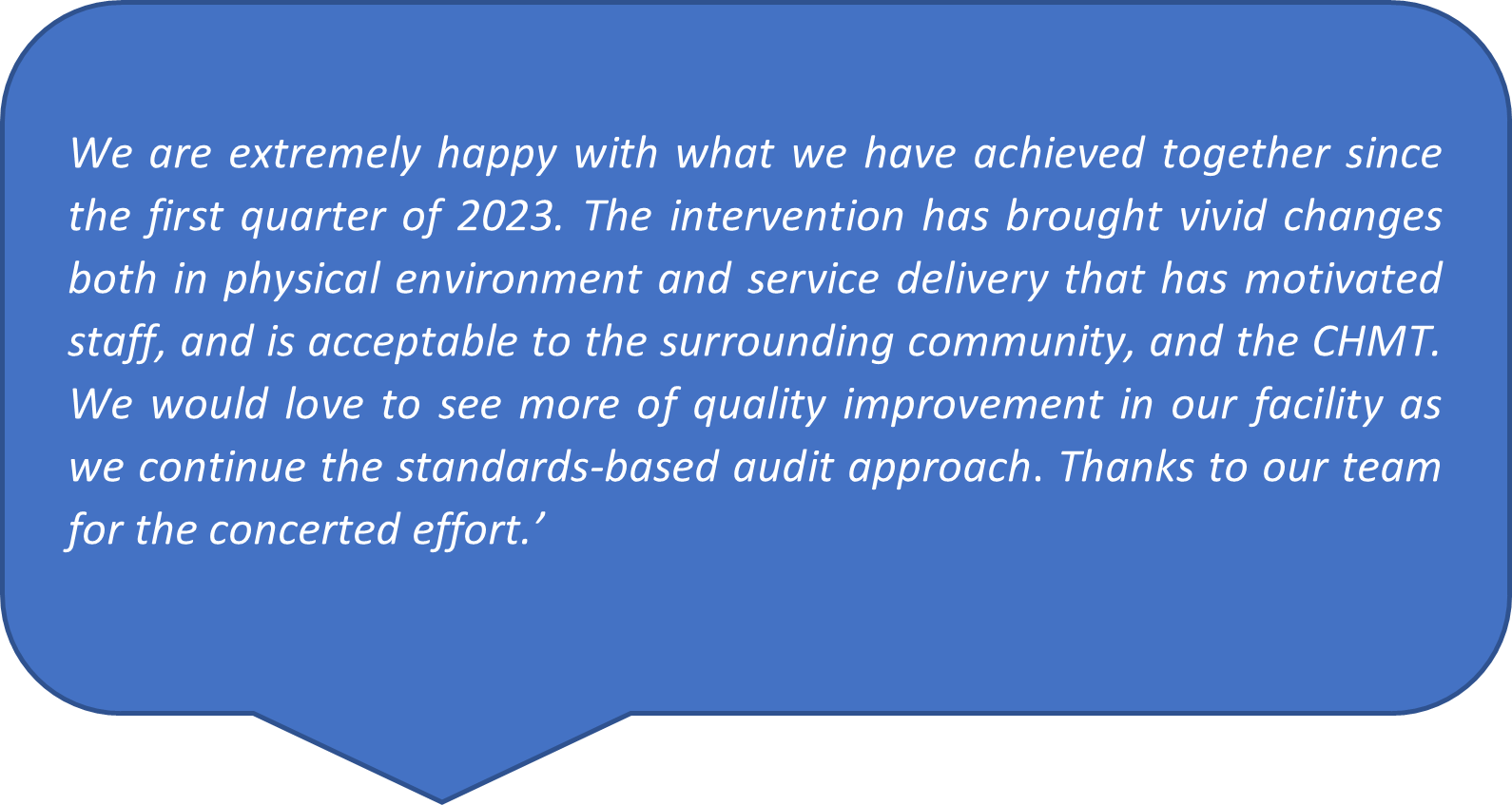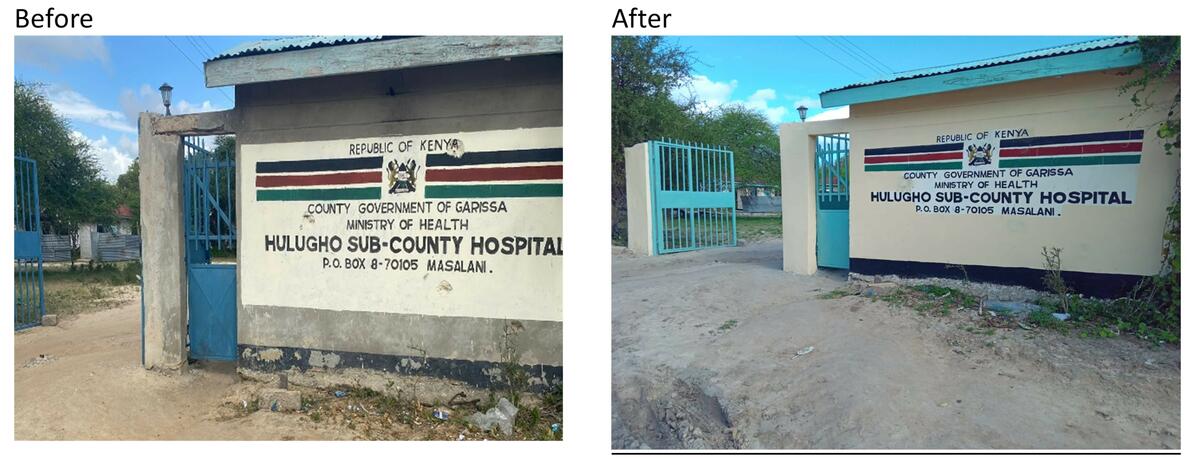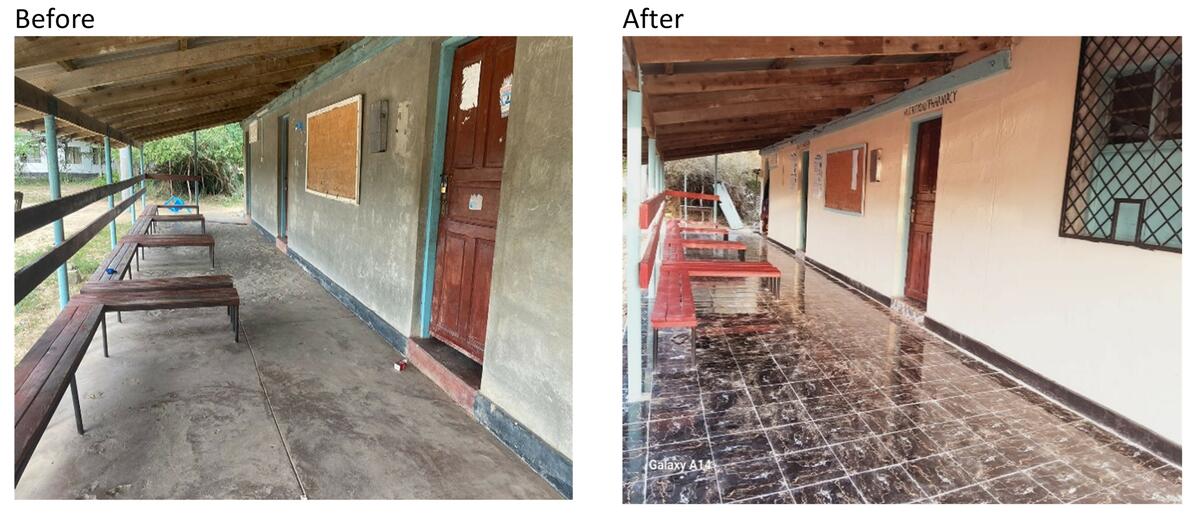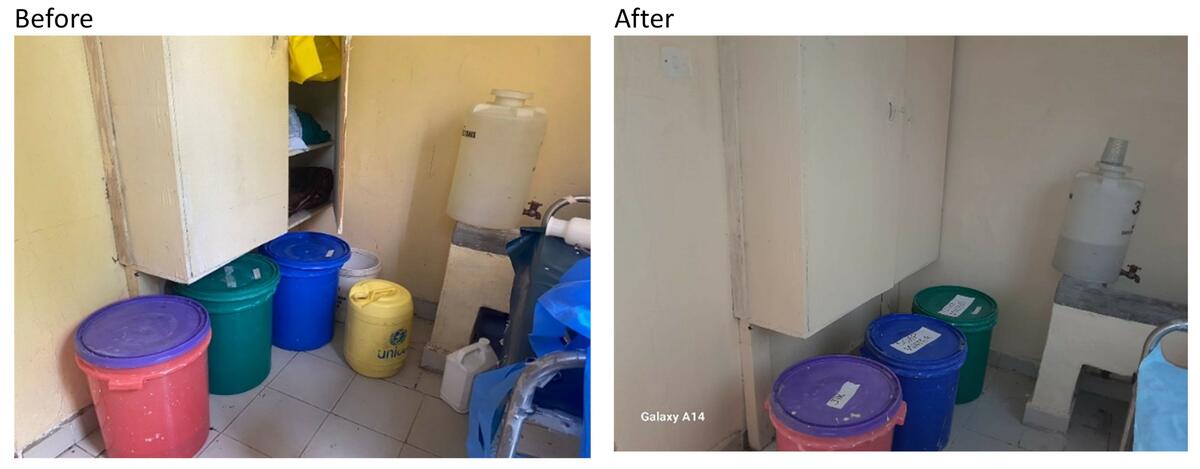
Authors
Onesmus Muchemi, Technical Officer – Liverpool School of Tropical Medicine (LSTM) Kenya
Muindi Kizito – Medical Superintendent, Hulugho Sub-County Hospital, Garissa County, Kenya
Aden Hussein- County Director of Health, Garissa County, Kenya
Martin Eyinda, Technical Officer – Liverpool School of Tropical Medicine (LSTM) Kenya
Irene Nyaoke, Senior Technical Officer - Liverpool School of Tropical Medicine (LSTM) Kenya
Rael Mutai, Regional Technical Advisor- Liverpool School of Tropical Medicine (LSTM) Kenya
Lucy Nyaga, Country Director- Liverpool School of Tropical Medicine (LSTM) Kenya
Charles Ameh, Professor Global Health, Head Emergency Obstetric and Quality of Care Unit, Liverpool School of Tropical Medicine (LSTM) United Kingdom.
Introduction
The Kenya Confidential Enquiry into Maternal Deaths (CEMD) of 2017 reported poor quality of care (QOC), which contributed to over 90% of maternal deaths. Quality improvement (QI) is the process of engaging appropriate methodologies and quality management tools to close the gap between current and desired levels of performance. As part of interventions to improve QOC, the Kenya Ministry of Health in 2022 developed 11 maternal and new-born health standards (not published), adapted from the WHO maternal and new-born health standards, to guide the improvement of care in health facilities. Among these standard nine, is focused on ensuring the facility has an appropriate physical environment, including adequate water, sanitation, energy, medicines, supplies and equipment, for routine maternal and new-born care and the management of complications. Liverpool School of Tropical Medicine (LSTM) with funding from Global Fund is supporting the Kenya Ministry of Health in implementing the standards, by strengthening the capacity of healthcare workers to improve care in antenatal and postnatal clinics in three counties: Garissa, Uasin Gishu and Vihiga.
Hulugho Sub-County Hospital (SCH) is one of the 20 facilities in Garissa County that benefited from training in standards-based audit (StBA), an approach for improving the quality of care. In 2022, an estimated 179 women attended antenatal clinics, 167 gave birth with a skilled birth attendant, and 165 attended for postnatal care per month. The facility has a standby ambulance contracted from the Red Cross by the county government but no operating theatre. Accessibility for health services in the hospital is inadequate due to the poor road conditions and communication network, and insecurity in the region. This negatively affects the frequency of supportive supervision and replenishment of medical supplies. The quality of care in this scenario can easily deteriorate.
QI intervention in Hulugho SCH
The QI package being implemented by LSTM entails instituting a StBA approach, in which staff routinely collect data. This is used to benchmark the care they provide against the maternal new-born health standards established by the Ministry of Health. It enables them to improve care by increasing the number of best practices. In January 2023, 32 participants, consisting of health care providers working in antenatal and postnatal clinics, were trained in Garissa County. Among them was a member of staff from Hulugho SCH. Following training, he conducted a feedback session for other staff, and the sub-county and County Health Management Teams (CHMT). Consequently, a facility multi-disciplinary QI team, consisting of nine members, was constituted. The team conducted an assessment focused on the availability of key infrastructure, equipment, and amenities, and on the readiness of health facilities to provide basic health-care interventions. The assessment identified the following challenges:
- many new-borns in postnatal ward were not routinely examined after birth and before discharge,
- cases of puerperal sepsis were high,
- there was a poor physical environment of the hospital in general,
- and there were persistent ‘stock-outs’ of essential commodities.
Of these, the quality improvement team prioritised improving the physical environment of the facility.
Gaps identified included the staff toilets near the working areas were broken down, and the ANC/PNC clinics, maternity, labour ward and postnatal rooms were not clean or organised. In addition, the washrooms were dilapidated and unhygienic, the hospital beds and examination coaches were poorly maintained and not disinfected as recommended by national infection prevention guidelines, there were no hospital cleaning schedules, and there were no curtains in Maternal Child Health (MCH) clinic. A hospital face-lift action plan, developed and implemented by the team addressed the gaps through the financial, administrative, and logistical support from the county government, supplemented by funds from the facility user fees. The team procured handwashing buckets and soap and set them in key strategic points to ensure compliance to handwashing standards. Duty rosters for support with ensuring high standards of hygiene, including daily routine cleaning of hospital departments and disinfection of equipment, examination coaches and beds, were initiated and implemented. Job aids for cleaning and disinfection were also procured. Regular monthly continuous medical education sessions were held on infection prevention and control, and protocols and posters were displayed on walls illustrating cleaning and infection prevention.
After seven months, the team evaluated the improvement in the areas they had targeted, and the improvements were documented.



Conclusion
Quality improvement through standards-based audit empowers health care workers to identify QOC gaps and implement locally appropriate solutions, without necessarily relying on external support. Could this approach be part of the solution to improving maternal new-born health care in Kenya?